How to Ease Sciatica Pain
Sciatica can be a very debilitating condition, it can cause severe pain or high levels of discomfort which often gets in the way of everyday tasks and activities.
Sciatica pain is becoming more and more common due to lifestyle choices and poor decisions about ergonomics, this is because the scary thing is you don't even have to do much to develop Sciatica, you can develop it from simply sitting at your desk incorrectly for long periods of time, or from consistently poor posture that's why it's important to maintian good posture throughout the day.

This means in most cases the cause of Sciatica is still present while trying to treat sciatica which makes it a lot harder to effectively address the damage caused and correct any ergonomics issues. Many people think physical therapy is the answer to treating Sciatica, but this can be costly so it may be better to self treat through recommended methods before resorting to physical therapy.
It also makes it difficult to treat it because the discomfort caused makes it harder to stay in any uncomfortable, corrective positions that could be providing long-term pain relief.
Now that we have discussed how pain relief might be affected by various factors, we'll quickly answer some basic questions to fill the knowledge gap before recommending how to ease Sciatica pain with specific products and a few tips about exercises you can do to manage it.
What is Sciatica?
Sciatica is a result of the sciatic nerve being irritated and this causes pain along the Sciatic nerve. Sciatica is characterised by radiating pain along the sciatic nerve; which goes from your lower back, through your hips, then your buttocks and down your legs.
Luckily it can be cured and this typically takes 4 to 6 weeks with the right treatment but it sometimes takes longer than this, according to the NHS. Please note that not all types of Sciatica can be cured.

What are the Symptoms of Sciatica?
N.B. Please don't attempt to self-diagnose yourself, you should always seek qualified medical guidance from a healthcare professional if you believe you have developed a medical condition/injury.
As mentioned above, Sciatica Pain feels like it's radiating and this pain is felt in your buttocks, along the back of your leg or in your feet and toes.
The pain can range from discomfort such as a tingling and numbing feeling; all the way to extreme pain such as stabbing and burning pains.
Usually, it only affects one side of your body and isolated back pain without other symptoms is very unlikely to be sciatica. If your feeling of discomfort or pain is worse when walking or coughing then this is another sign you might have it.
What are the causes of Sciatica Pain?
As mentioned earlier in the discussion about pain relief for Sciatica, it can be caused by a variety of factors but the most common causes are poor posture such as sitting at a desk or computer with very poor ergonomics/posture.
You are more likely to irritate your Sciatic nerve when sitting, stresses on the spinal discs in your lower back can increase up to 40%.
Products for Sciatica Pain
Having addressed the fundamentals, the rest of this buyer's guide will teach you how to treat your sciatica with specific products and we have even included some exercises, and self care treatments for daily relief and management.

Deep Heat - Pain relief cream
Deep Heat and Deep Heat Max Strength are the best creams for sciatica pain, their pain relief qualities are unmatched.
Deep Heat Max Strength is a particularly effective pain relief tool that can help you to ease high levels of discomfort or pain by rubbing the topical cream onto the base of the spine (the rear of your pelvis) where the sciatic nerve is.
Applying Deep heat will help to ease the pain but be careful to not apply it too frequently and rather apply it at scheduled times such as in the evenings or mornings.
Deep Heat Patches are a great option for easing Sciatica pain at the office or at work.
Hot and Cold Therapy
Although using topical medication and cream such as Deep Heat technically counts as Heat therapy, traditional Hot and Cold Therapy is also an effective solution to easing pain for similar reasons.
Alternating between hot and cold therapy treatments will have a much better pain relief effect than using Heat therapy alone.
Hot and cold packs such as our reusable hot and cold packs are therefore a great option, having two will be your best way to alternate between the two because although it only takes 1 minute in the microwave, it takes a lot longer to freeze it into an ice pack.
Place the hot and cold pack on the base of your spine to ease the pain when it gets bad and alternate between a heating pad and an ice pack.
Actimove Back Support for Sciatica
The products mentioned so far will help provide some relief from Sciatica but if your Sciatica nerve is very compressed then a more constant solution might be required such as a back support that can ease pain throughout the day.
The Actimove back support helps to relieve back pain by reducing the strain on muscles, discs, ligaments and spinal nerves in the lower back area.
This, combined with the medical compression of the back support makes it a complete solution to providing your lower back with some much-needed support.
For more products like this, please visit our Back and Posture supports
Electrotherapy for Sciatica Pain
The mini TENS is a small electrotherapy TENS device, to is the best-selling electrotherapy device from the NHS.
This is probably because it is affordable and small but effective meaning it is a great solution for easing Sciatica pain and it is convenient enough to be used when your Sciatica flares up and you need immediate pain relief.
We also sell other electrotherapy devices such as Bluetens and diPulse which are great options for relief on the go or when you're not at home such as when you're at work because they are compact and have very useful smartphone app integration.
Foam Rollers, like massage balls, are some of the simplest yet arguably most effective tools for easing sciatica.
Foam rollers can be used for easing pain by doing specific exercises that target the relevant muscles, relieving pain and providing physical therapy to the area which will help you target your sciatica and hopefully provide some relief.
The glute roll, calf roll and any foam roller exercises that target your lower back are useful flexibility exercises. Please have a look at examples of how to do these below.
Acupuncture Treatment for Sciatica
Acupuncture is another amazing pain relief treatment for sciatica, Dry needling in conjunction with a good diet and exercise is a great option for recovery.
This obviously has to be done by a trained healthcare professional though, please don't attempt to do acupuncture on yourself if you don't have any experience, you can't really even do it on yourself for sciatica because you wouldn't be able to reach the area without hurting yourself so please try and find someone locally who is trained to do dry needling.
Foam Roller Exercises that ease Sciatica Pain
Videos for these exercises can be found after the two stretching exercises. For a full guide on how to use a foam roller for sciatica, please visit our stretching exercise guides titled Foam Roller Exercises and the Fundamentals of Foam Rollers.

The Glute Roll
The Glute Roll is particularly important because it targets your piriformis muscle which is a common painful area for Sciatica pain and quite hard to address. Piriformis syndrome is a common condition where the piriformis muscle compresses the sciatic nerve.
Movement
Sit upright as demonstrated, with one leg stretched and your hands behind you for support.
Put the foam roller under the glute of your straightened leg and drop your hip laterally to the side. Perform the roll in different sections which will help isolate the glutes.
Roll from the very top of the hip near the lower back and work your way down, slowly (back and forth) towards the hamstrings while keeping the foam roller in place.
Progressions
You can adjust the length and exposure of the glutes (and other hip rotators) whilst rolling, by crossing your legs.
This position may move a previously obstructed muscle into focus. Remember to be conscious of your movement when rolling, visualising the muscles being rolled can help with this.
The more aware you are, the more likely you are to feel all the benefits.
Tips: Spend 30 seconds to a minute on one side and then switch to your other side. You'll find yourself repeatedly adjusting your hand placement and upper body position - and you should, that's a good thing.
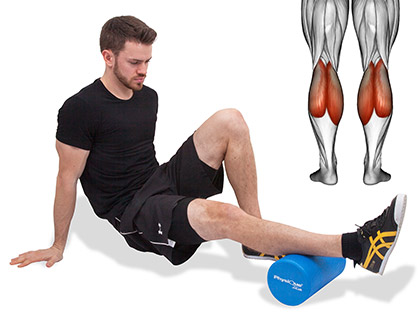
The Calf Roll
Calves are made up of more muscles than you'd expect but they but a good place to find a common trigger point is at the larger fleshy muscle towards the knee called Gastrocnemius.
Try starting with long smooth rolls of the foam roller from ankle to Gastroc followed by short repetitive rolls on the trigger points.
Movement
We have a video below that demonstrates this exercise if that's easier for you
Sit upright with the foam roller positioned under the right calf as shown in the image and support yourself to maintain the position.
Your left leg should be bent with your foot on the floor for more support. Make sure you keep your hips off the floor.
Slowly roll the foam roller back and forth along the calf from the ankle to the knee (making sure not to pass over it).
You can do the same thing with the other leg but as mentioned earlier, Sciatica usually only affects one leg at a time so it's properly best to start with the leg that has numbness.

Progressions
To increase the intensity cross the supporting leg on top of the working leg.
Tips
Not feeling much? - Experiment by rotating the hip internally and externally to target the surrounding muscles of your lower leg.
If you find suspending your weight difficult, place two books or blocks under the palms to help make raising your body a little easier.
Foam roller calf roll for sciatica pain
This is an example of how to use a foam roller to perform a calf roll.
Massage Ball exercise for lower back pain
The following exercise with a massage ball can be effective for sciatica pain as it helps relieve tension in the area and provide targeted pain relief if done right.
References
Spine-Health - A guide to Finding Sciatica Relief while at the office
WebMD - How to ease Sciatic Nerve Pain
Kalkstein Chiropractic - 4 Best Sciatica Exercises
NHS - Sciatica Causes and Treatment


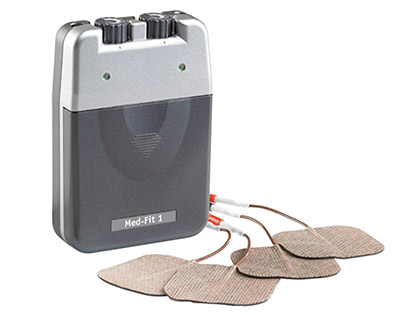

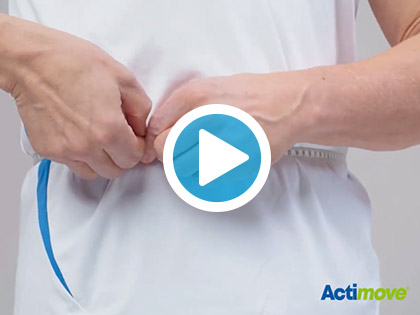

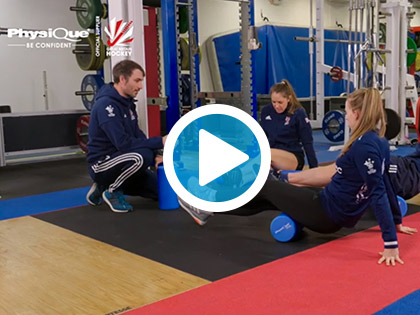
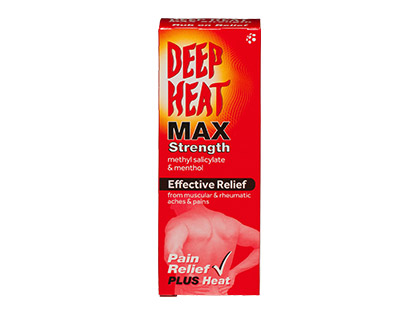


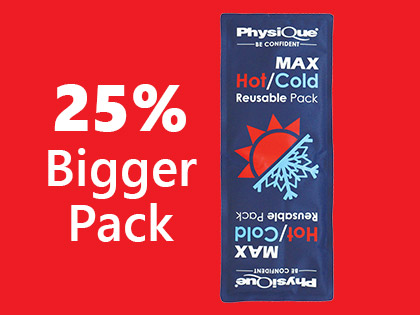
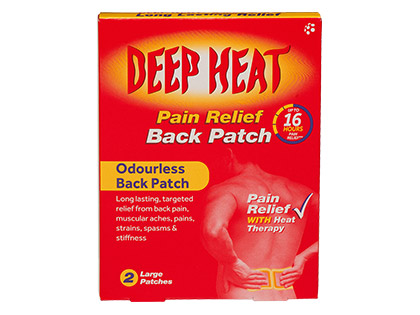
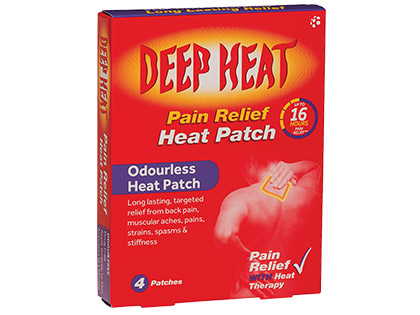

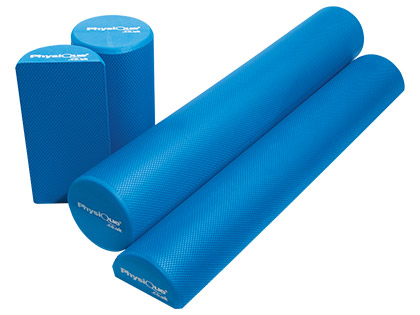
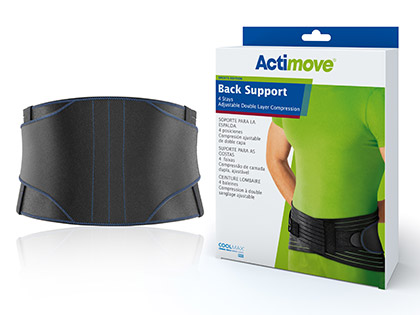

Did you find this article useful?
Why not share this with a colleague, patient or friend?